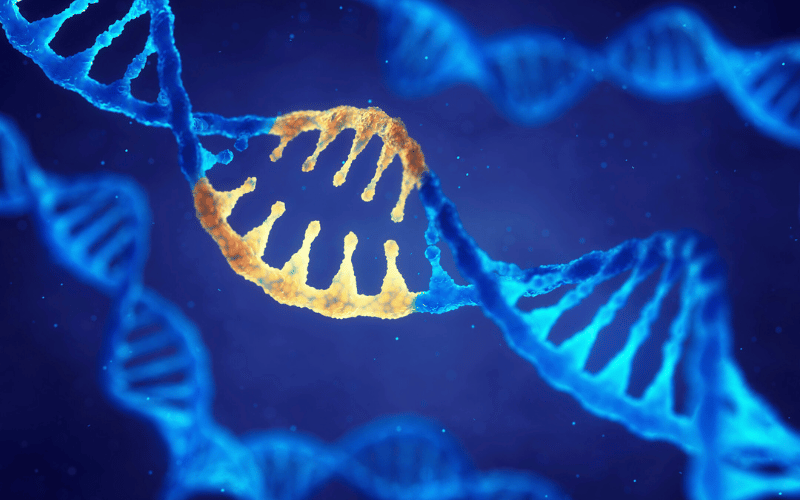Cause 5: Genetic Conditions

Genetic conditions, with their inherent ability to influence liver health, play a pivotal role in the landscape of cirrhosis causes. Conditions such as Hemochromatosis and Wilson’s Disease exemplify the ways in which genetic factors can contribute to liver damage. Hemochromatosis leads to excessive iron accumulation in the liver, while Wilson’s Disease results in abnormal copper storage.
The journey of these genetic conditions through the body is a silent one, often progressing unnoticed until significant symptoms appear. They underscore the importance of genetic screening and early detection, especially for individuals with a family history of these diseases.
Addressing genetic conditions requires a precise and individualized approach, focusing on managing the accumulation of toxic substances in the liver. Chelation therapy for Wilson’s Disease and phlebotomy for Hemochromatosis represent targeted interventions, aiming to reduce the burden on the liver and prevent further damage.
In the wider context of liver cirrhosis, genetic conditions hold a unique place. They are a reminder of the intricate ways in which our genetics can influence our health, necessitating awareness, early intervention, and personalized care. As we navigate through these conditions, the importance of genetic counseling, regular monitoring, and targeted interventions becomes paramount, guiding us towards better liver health and improved outcomes. (5)